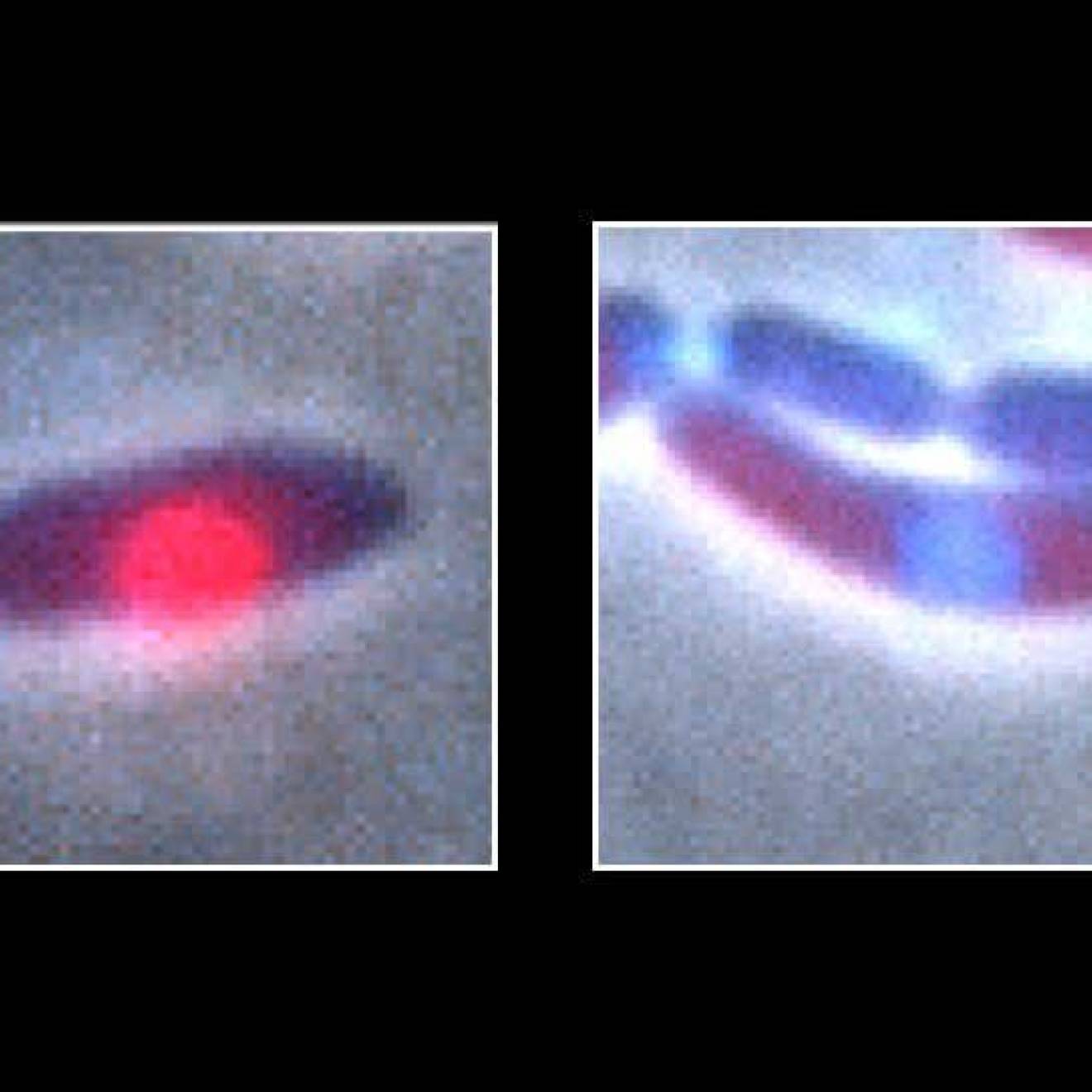Julia Busiek, UC Newsroom
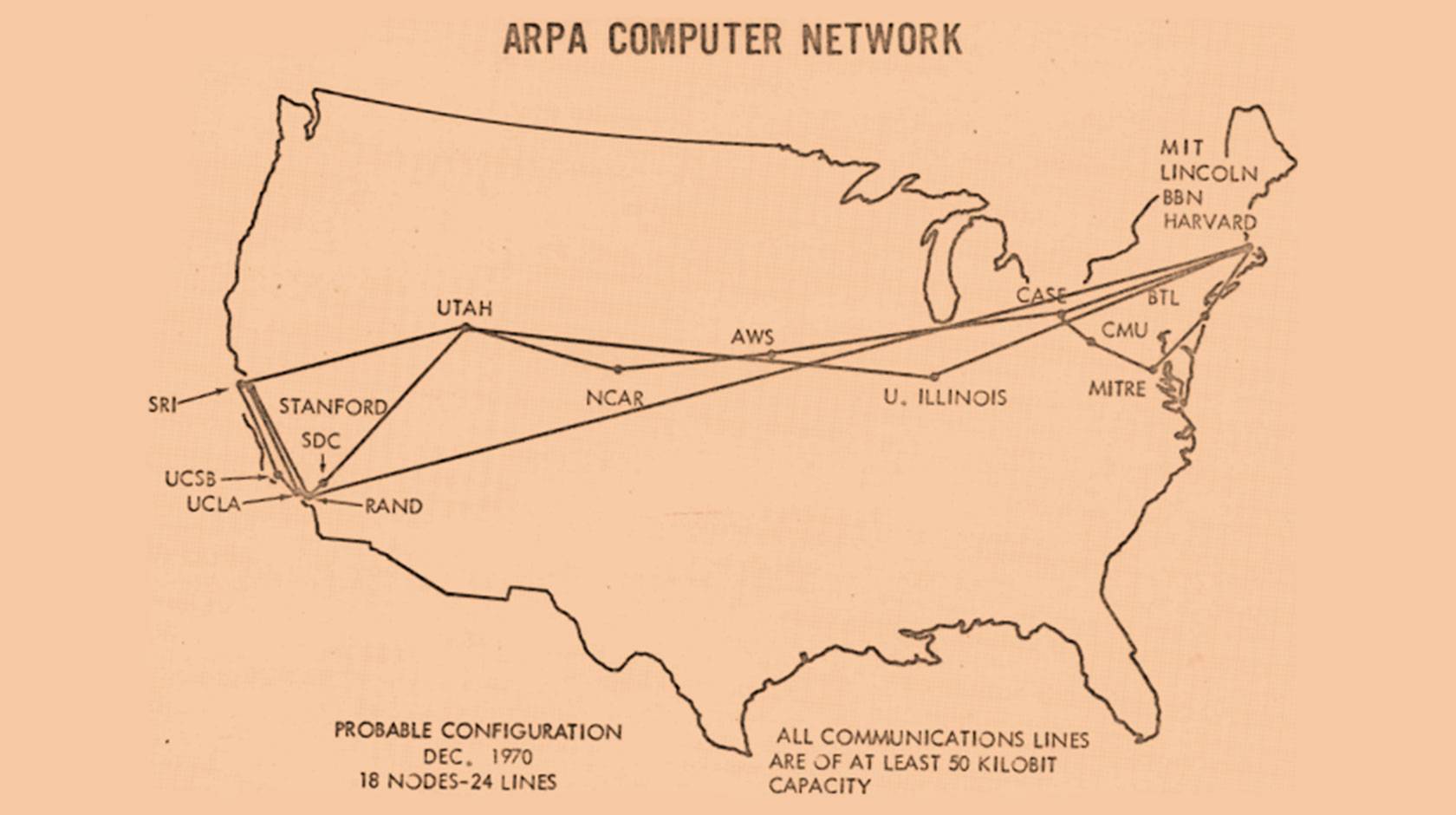
America's scientific leadership is under threat. Join UC as we speak up for science.
Late at night on October 29, 1969, in the basement of UCLA’s engineering school, a half-dozen people gathered around a refrigerator-sized computer.
A grad student named Charley Kline typed a brief message and sent it to colleagues gathered around another computer at Stanford Research Institute, over 300 miles away. It was the first time two networked computers communicated at a distance — a moment that many now consider the dawn of the internet.
“We knew we were creating an important new technology that we expected would be of use to a segment of the population, but we had no idea how truly momentous an event it was,” said Leonard Kleinrock, the UCLA computer scientist who’s recognized as one of the web’s original architects.
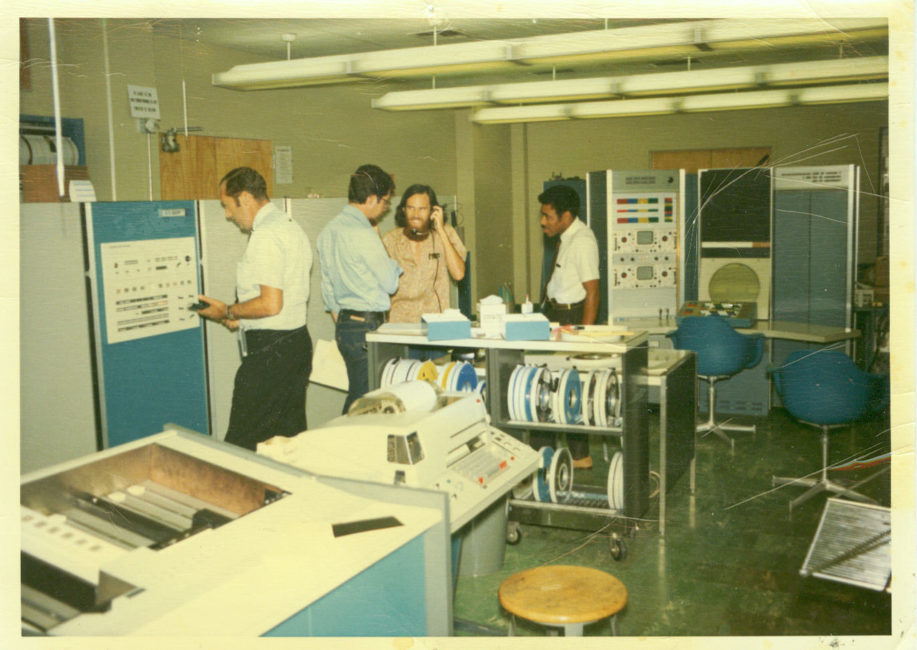
Kleinrock was UCLA’s lead on a project called ARPANET, the Advanced Research Projects Agency Network. Recognizing the military advantage of a fast, secure, far-flung communications network, the U.S. Department of Defense organized and funded a select group of university scientists across the country to build it. Throughout the early 1970s, Kleinrock and his collaborators, including faculty at UC Santa Barbara, solved the foundational programming and engineering elements that would carry the internet into people’s homes a generation later.
More from UC: Lo and behold: the Internet
Federal funding: the engine that powers America’s scientific discoveries
It’s no coincidence that one of history’s most transformational technologies emerged from U.S. universities at a time when the federal government was making significant investments in research and development. In the mid-1960s, as the Department of Defense was launching ARPANET, federal spending on science made up nearly two percent of U.S. gross domestic product, an all-time high.
Then as now, much of that support flowed to academic scientists, including at the University of California, where faculty and students put it to work solving problems in consequential fields like medicine, technology and agriculture. It would be hard to overstate the return on that investment — from medical breakthroughs that have saved millions of lives to technologies that are ingrained in our everyday routines. Here are a few of UC’s scientific blockbusters, made possible with federal science spending:
UC science has kept millions of newborn babies alive

Babies born before 28 weeks typically can’t breathe on their own because they haven’t yet developed the cells that make surfactant, a slippery substance that lubricates the delicate tissue inside our lungs. That’s why, until the latter half of the 20th century, most babies born before the third trimester suffocated and died within a few hours.
In the 1950s, an Army scientist named John Clements discovered surfactant, and he and Harvard researcher Mary Ellen Avery soon connected the dots between surfactant and preemie mortality. By 1960, Clements had gone to work at UC San Francisco, where he published the first paper on the chemical makeup of this critical substance.
If these tiny babies couldn’t yet make enough surfactant on their own, Clements figured, maybe they could get it from somewhere else. With funding from the National Institutes of Health, he derived a formula for artificial surfactant and figured out how to get it into babies' lungs. In 1989, the FDA approved surfactant replacement therapy for newborns. Alongside UC San Francisco doctor George Gregory, Clements also helped apply continuous positive airway pressure, or CPAP, in neonatal care, refining a treatment that keeps babies’ lungs inflated as they exhale.
Today, surfactant replacement is a standard treatment for newborns who struggle to breathe — of whom 1.4 million are born every year — and CPAP is common in neonatal intensive care units worldwide. Largely owing to Clements and his colleagues’ federally funded discoveries, about 90 percent of babies in the U.S. born at 28 weeks survive, and the vast majority of those survivors have no long-term health complications.
More from UC San Francisco: John Clements’ research transformed newborn care
UC research saved life on Earth as we know it
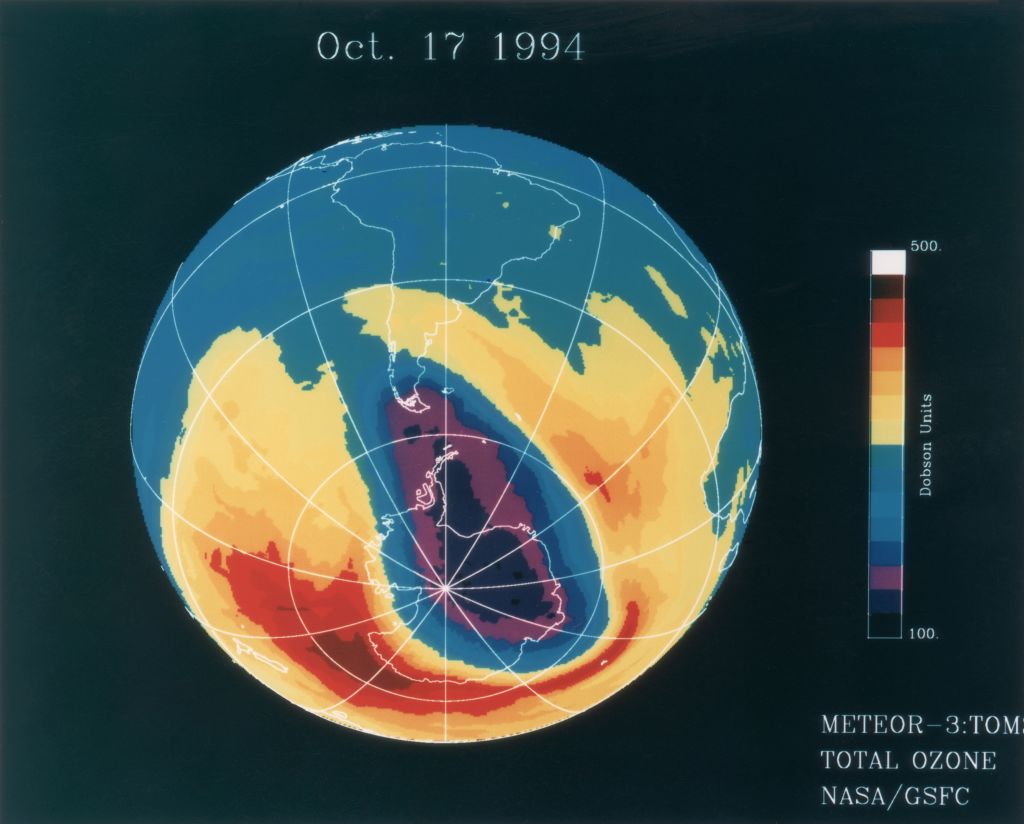
A recent UN panel found that the hole in the atmosphere’s ozone layer is on track to heal by midcentury. That’s stupendous news for life on Earth: Without the ozone layer to shield the planet from the sun’s harsh UV rays, plants would shrivel and die within a few weeks, and a five-minute stroll outside on a sunny July day would leave you with a bad sunburn.
That grim vision visited UC Irvine chemists Sherry Rowland and Mario Molina in the early 1970s. Through research funded by the federal Atomic Energy Commission, they discovered that chemicals called chlorofluorocarbons, or CFCs, destroyed the ozone molecules in the stratosphere. At the time, CFCs were big business, found in just about every refrigerator and air conditioner in Americans' homes, and every can of hairspray or deodorant in their cabinets. Rowland and Molina faced down consumer apathy and corporate denial as they dedicated their careers to spreading the word of CFCs’ dire consequences.
Fortunately, humanity acted. Following the 1987 Montreal Protocol, the worldwide agreement banning the use and sale of CFCs, the substances declined by over 95 percent. For their part in averting global catastrophe, Rowland and Molina won the 1995 Nobel Prize in chemistry.
More from UC Irvine: How UCI saved the ozone layer
UC psychologists wrote the algorithm behind today's AI
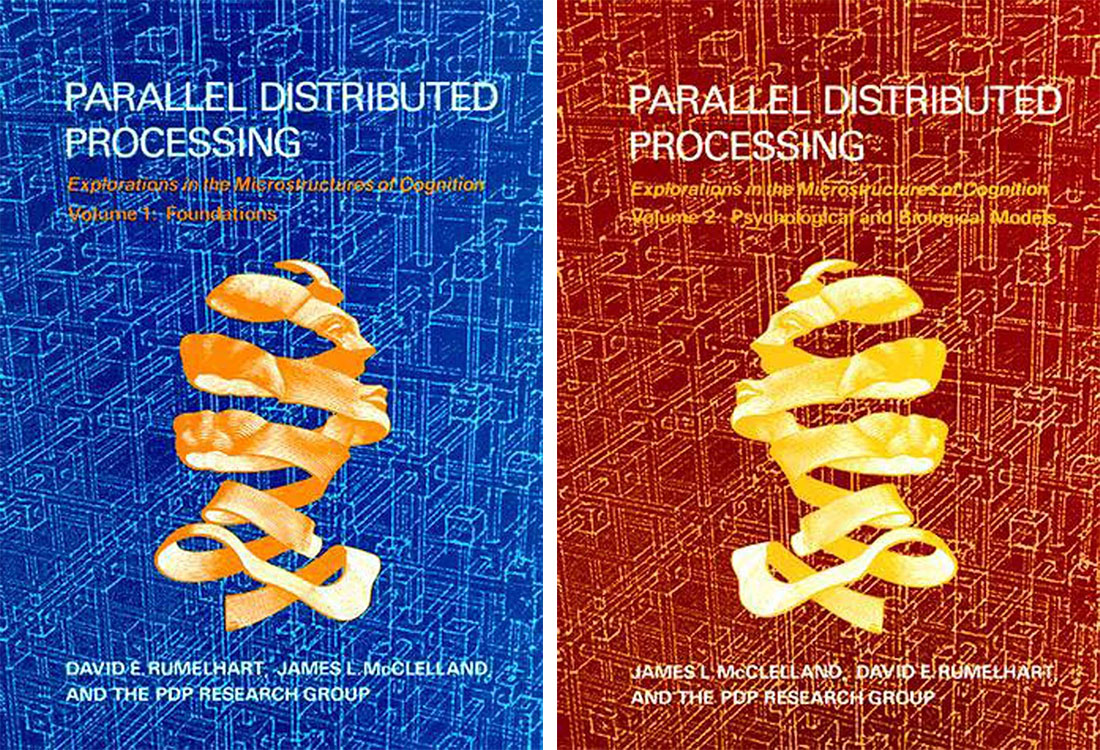
You might take it as a given that today's artificial intelligence is inspired by the neurons within each of our bodies. If you want to make a machine that excels at reasoning and cognition, why not model it off the most efficient, flexible and powerful processor on Earth — the human brain? And yet for much of the modern history of AI research and development, the idea of building an artificial neural network, an approach known as connectionism, languished at the margins of the field. Instead of creating a connectionist system that could ingest data and come to its own original conclusions, most AI researchers sought to build a machine that could only follow very specific rules input by humans, an approach known as symbolism.
In the late 1970s and early 80s, a cross-disciplinary group of scholars at UC San Diego showed that there might just be something to this connectionist approach after all. Psychologists David Rumelhart and James McClelland, together with computer scientist Geoffrey Hinton, found that networks of simple, interconnected units working together offered faster information processing than the era’s prevailing symbolic models.
With funding from the U.S. Office of Naval Research and the National Science Foundation, Rumelhart and Hinton went on to develop backpropagation, an algorithm that essentially enables AI to learn from its own mistakes and correct them going forward. (Hinton, now widely regarded as the "godfather of AI," won the Nobel Prize in Physics in 2024.) Backpropagation makes it possible for a machine to parse something as complex as human language, making it the basis for the AI systems that we’re increasingly likely to encounter and use in our daily lives.
UC San Diego: Nobel Prize Winner, ‘Godfather of AI’ Geoffrey Hinton Has UC San Diego Roots
UC developed a rice variety that feeds millions
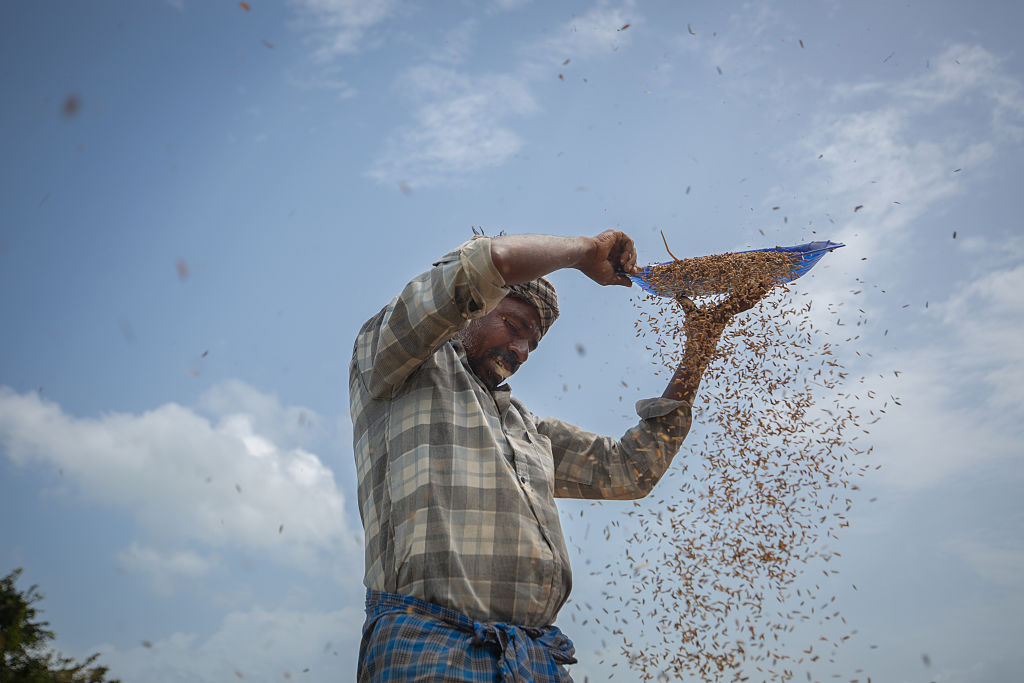
Rice is the main staple food for about half of Earth’s population. It can be a tricky crop to grow: Many types of rice grow in a few inches of water, but will die if the plants are totally submerged for more than a few days. Each year, millions of small farmers in the world’s poorest areas lose their rice crops to floods.
In the 1990s and 2000s, plant scientists at UC Davis and UC Riverside identified the specific gene that allowed a variety of rice grown in the Indian state of Orissa to withstand flooding. That variety had never yielded much rice. But with funding from the U.S. Department of Agriculture, UC Davis professor Pamela Ronald and her collaborators discovered how this flood-resistant rice worked at the genetic level, then figured out how to introduce those genes into higher-yield varieties. By 2017, six million farmers across India and Bangladesh were growing the flood-resistant rice, creating a more reliable food source for tens of millions of people.
More from UC Davis: New flood-tolerant rice offers relief for world's poorest farmers
UC transformed care for diseases that affect 30 million Americans
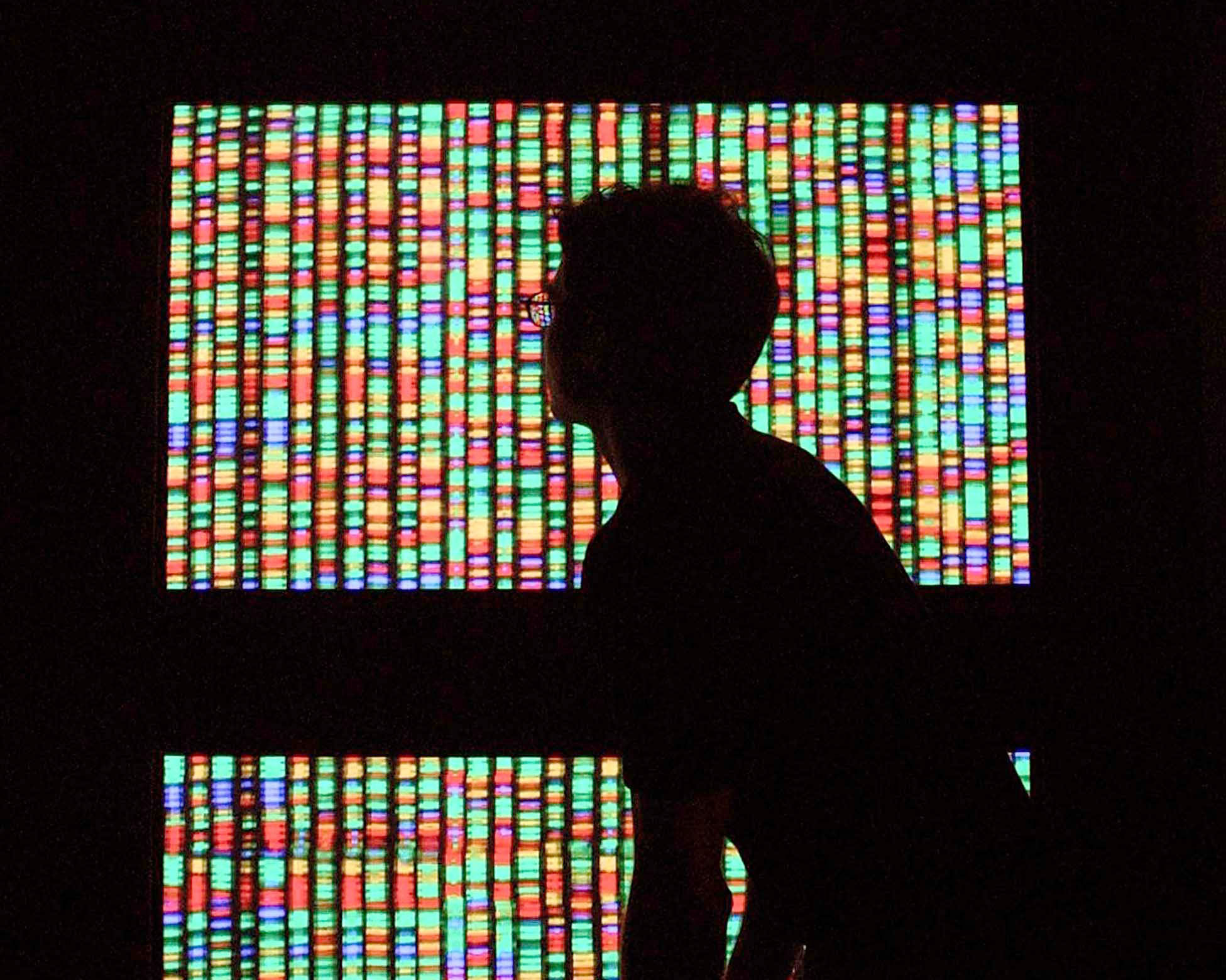
In early 2000, the Human Genome Project was closing in on its goal of mapping the three-billion-line molecular code inside each of our cells that governs how our bodies function. Powered by funding from the National Institutes of Health and the U.S. Department of Energy, thousands of scientists around the world had spent a decade determining the sequences of hundreds of thousands of DNA fragments. But nobody had figured out how to assemble these disparate pieces into a useful and intelligible whole.
Fearing that a private company would solve this problem first, and that the fruits of a decade of publicly funded science could end up locked away behind a corporate paywall, UC Santa Cruz professor David Haussler and grad student Jim Kent frantically worked to create a computer program that could gather data from thousands of labs and arrange them in the right order. Twenty-five years ago this month, UC Santa Cruz posted the Human Genome Project’s first draft of the human genome sequence online, available to anybodyfor free.
Scientists and doctors around the world have since used this data to radically accelerate diagnosis and treatment, especially for people with so-called Mendelian diseases, which are caused by a mutation to a single gene. More than 30 million Americans have a Mendelian condition, such as sickle-cell disease, cystic fibrosis and muscular dystrophy. In 2001, scientists had identified the specific mutation for just 1,200 of over 7,000 known Mendelian diseases. By 2021, thanks to advances based in the human genome, that number had tripled. For patients, this means faster answers that open the door to the most effective possible treatments.
More from UC Santa Cruz: Twenty-five years after the human genome project, a new era is dawning
A UC Nobelist figured out how to precisely edit the DNA of any organism
The first draft of the human genome gave scientists the data they needed to start pinpointing the genetic causes of many diseases, which helps patients understand their symptoms and helps doctors and scientists develop therapies that address problems. But what if a person’s genes could be changed to eliminate the cause of disease in the first place?
“Scientists have appreciated for a long time that once we understood the DNA sequence in cells, if we had a tool that would allow easy manipulation of that sequence, that that would be a very powerful kind of technology,” said UC Berkeley biochemist Jennifer Doudna. In 2012, Doudna published a paper showing how to use a specific bacterial protein, CRISPR-Cas9, to precisely edit DNA in any living thing. Her Nobel Prize winning discovery, made with French scientist Emmanuelle Charpentier has been hailed as the breakthrough of the century and has unleashed a whole new era in biotechnology. Thousands of scientists from around the world have seized on the promise of CRISPR gene editing to create new treatments for inherited diseases, as well as creating new strains of crops that can withstand drought and disease.
Today Doudna’s lab, the Innovative Genomics Institute at UC Berkeley, is partnering with UC San Francisco and UCLA to launch a federally funded clinical trial of a CRISPR treatment for sickle cell disease, a painful and frequently fatal inherited condition that affects 100,000 Americans, and which currently has no cure. And this year, IGI scientists helped develop the world’s first-ever personalized gene-editing treatment, designed for a baby boy named KJ, who was born with a deadly genetic disorder. KJ got his first treatment dose at Children's Hospital of Philadelphia just six months after he was born, and as his first birthday approaches, he’s growing well and thriving.
More from UC Berkeley: Infant born with deadly disease now thriving thanks to customized CRISPR treatment six months after birth
Help UC defend American science and innovation
UC’s productive partnership with the federal government continues to this day, and these are just a few of the world-changing developments that have come out of it. And yet over decades, government support for science has gradually waned, falling by two-thirds from its postwar peak. Now, American science faces unprecedented threats, as Congress considers a budget proposal from the administration that includes deep cuts to agencies like the National Science Foundation and the National Institutes of Health — in some cases by more than 50%.
Cuts of this magnitude would have dire consequences for millions of Americans, including families waiting on treatments for common diseases and workers whose industries will sputter as innovation moves overseas. That’s why UC is calling on Congress to reject deep cuts to science agencies in next year’s federal budget.
